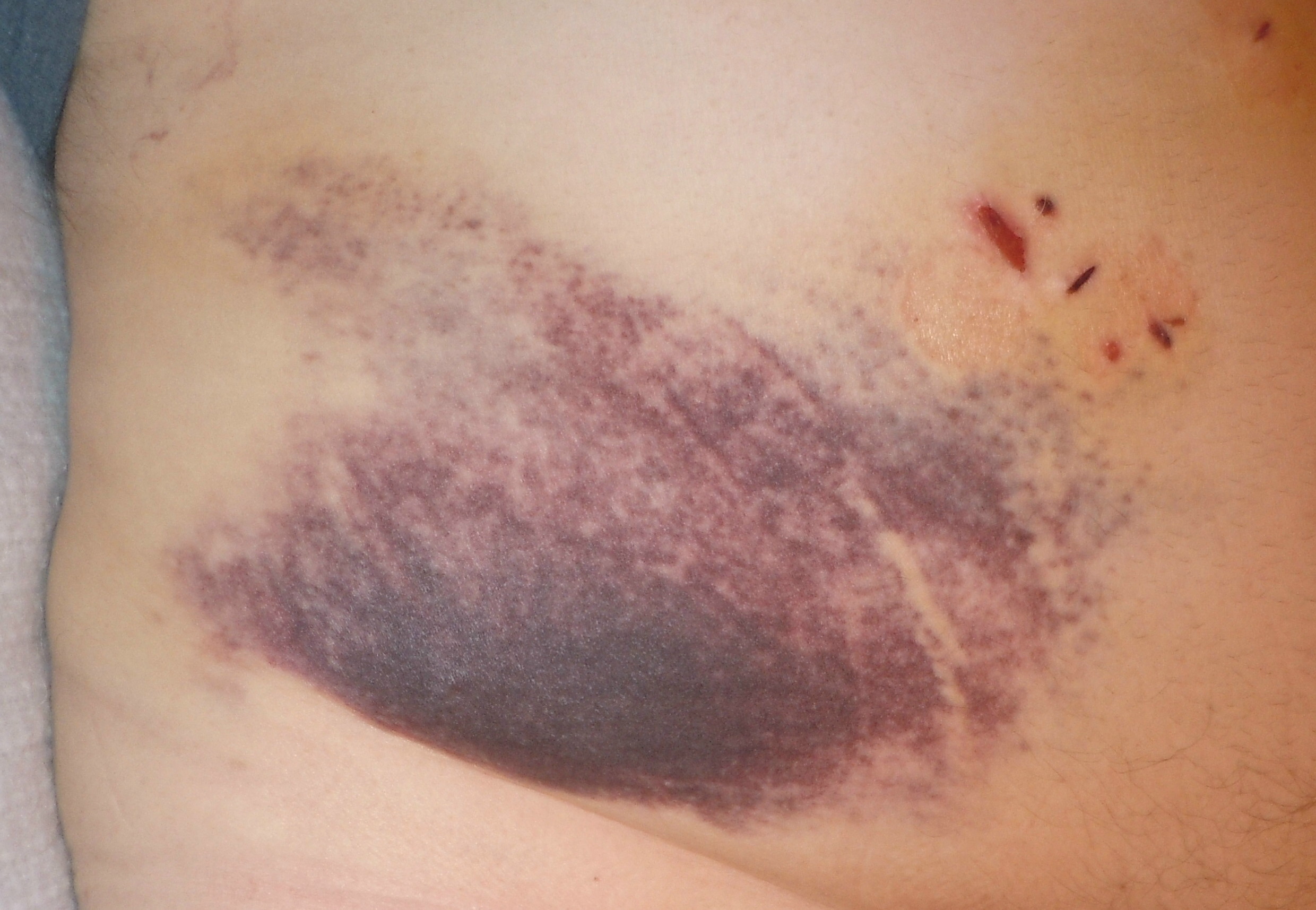Migraine is a recurring neurological condition characterized by moderate to severe head pain. People who experience migraines find that these episodes can disrupt daily activities, affecting work, family, and social life. Understanding the nature of this condition and the factors that may influence its occurrence is a constructive step toward managing its impact.
What Are Migraines?
Migraines are more than just bad headaches. The frequency and duration of migraine episodes vary widely among individuals. Some may experience them infrequently, while others may have them several times a month. An episode can last from a few hours to several days.
Certain factors, known as triggers, can provoke a migraine attack in susceptible individuals. Common triggers include stress and disruptions to sleep patterns. Other reported triggers are skipped meals, fluctuations in caffeine intake, and hormonal shifts, particularly in women. Identifying personal triggers is a key part of managing the condition.
What Are the Symptoms?
The primary symptom of a migraine is a throbbing or pulsating head pain, typically localized to one side of the head. Beyond head pain, migraines present a collection of other symptoms. Sensitivity to light is very common, causing individuals to seek out a dark, quiet room for relief. Nausea, with or without vomiting, also frequently occurs.
Some people experience a phenomenon known as an aura before or during the head pain. Auras are temporary neurological symptoms that can include visual disturbances like seeing flashing lights or zigzag lines. They may also involve sensory symptoms like tingling in the limbs or face, or even difficulty with speech.
How Can You Manage Them?
Lifestyle modifications can be a foundational component of a migraine management strategy. These adjustments focus on promoting stability and reducing exposure to known triggers. Strategies to prevent and manage attacks include:
- Hydration and Nutrition: Maintaining consistent hydration by drinking water throughout the day can be beneficial. Eating regular, balanced meals may prevent diet-related triggers.
- Sleep Hygiene: A regular sleep schedule supports the body’s natural rhythm. Establishing a relaxing wind-down routine before bed, such as dimming the lights, can prepare the body for rest.
- Stress Management: Techniques for managing stress can reduce its impact.
- Physical Activity: Engaging in graded physical activity may be helpful. Low-impact exercises like walking, swimming, or gentle strength training can be incorporated gradually.
- Environmental Adjustments: When a migraine begins, resting in a quiet, dark space can provide comfort by minimizing light and sound sensitivity.
- Caffeine and Alcohol: Consistency is valuable with caffeine. Avoiding large swings in daily intake can help prevent withdrawal or trigger-related headaches. Moderating alcohol consumption is also a standard recommendation.
- Trigger Tracking: A headache diary can be a powerful tool. Recording details about each migraine episode can reveal patterns. This information helps in creating a personalized migraine action plan.
Seek Professional Guidance and Care
Managing migraines effectively often involves collaboration with qualified healthcare professionals. A doctor can provide a precise diagnosis and help develop a comprehensive management plan tailored to your specific situation and symptoms. You should seek prompt medical care for any new or worsening symptoms, such as an unusually severe headache, different from your typical pattern, or accompanied by new neurological signs. A healthcare professional can evaluate these changes and guide you toward the most appropriate course of action.
Social Sharing
Your Content Goes Here
Latest Posts





